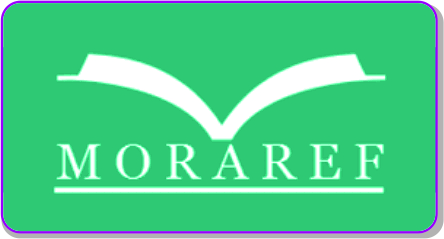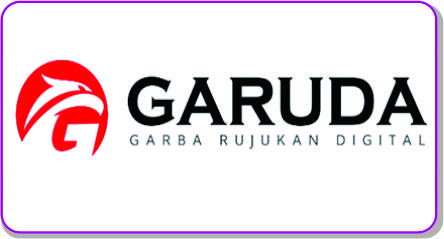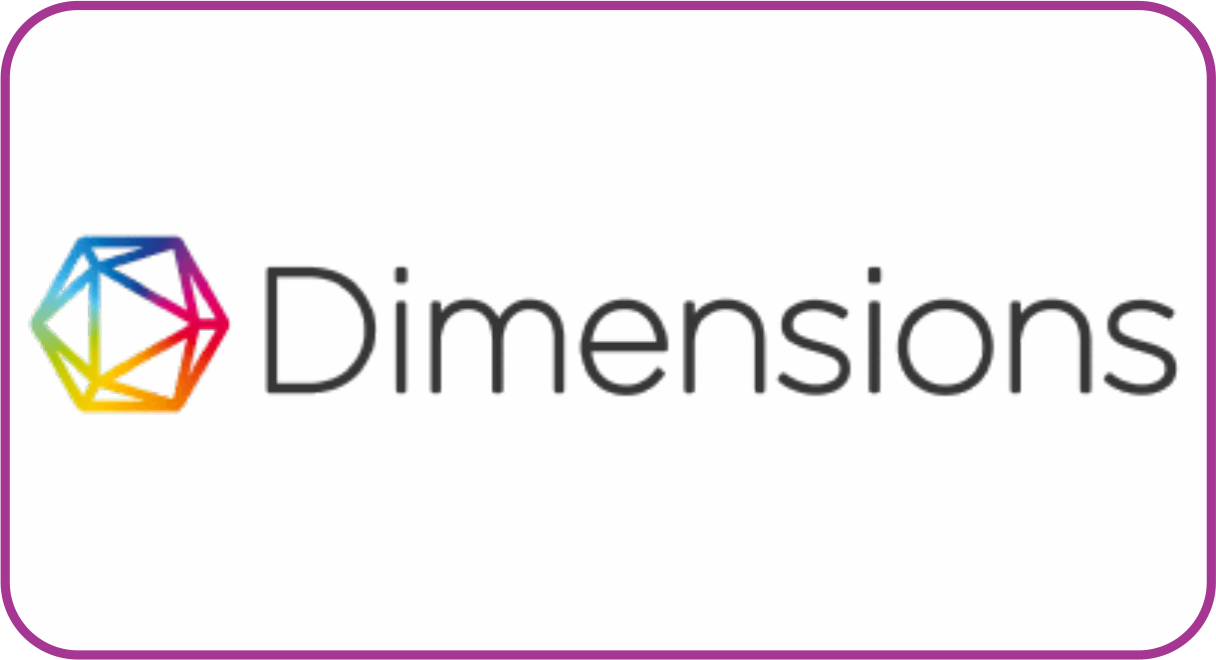Pembinaan Tahsin Alquran dengan Metode Tilawati bagi Mahasiswa Hukum Tata Negara Fakultas Syariah IAIN Langsa
DOI: 10.30983/dedikasia.v2i2.5869Abstract
Keywords
Full Text:
PDFReferences
Abdurrahman, M. (1999). Pendidikan bagi anak berkesulitan belajar / Mulyono Abdurrahman. Jakarta: Rineka Cipta. https://opac.perpusnas.go.id/DetailOpac.aspx?id=91821
Aziz, A. N. S., Lusiana, E., & Tri Utami, W. (2021). Implementasi Metode Talqin dan Nada Muri Q Terhadap Program Tahfidz di SDIT AL ISLAM Sine Ngawi Jawa Timur. Jurnal Pendidikan Dasar Dan Keguruan, 6(2), 32–40. https://doi.org/10.47435/jpdk.v6i2.696
Fakultas Syariah. (n.d.). Hukum Tata Negara. Retrieved July 30, 2022, from Http://Syariah.Iainlangsa.Ac.Id/Hukum-Tata-Negara/.
Fathurrahmah, N., Amin, M., & Shinwanudin, M. (2020). Pendampingan Standarisasi Guru Taman Pendidikan Al-Qur`an Melalui Pelatihan Metode Tilawati Berbasis Aset. Janaka, Jurnal Pengabdian Masyarakat, 2(2), 65–72. https://doi.org/10.29062/janaka.v2i2.210
Fidai, R. A. (1988). Concise History of Muslim World. Kitab Bhavan. https://opac.perpusnas.go.id/DetailOpac.aspx?id=173720#
FN, A. A., & Ainurrohmah, C. (2017). Implementasi Metode Tilawati dalam Menghafal Bacaan Sholat di TPQ Miftahul Hidayah Gondang Nganjuk Jawa Timur. Jurnal Lentera: Kajian Keagamaan, Keilmuan Dan Teknologi, 1(2), 295–308. https://conference.uin-suka.ac.id/index.php/aciece/article/view/67
Hamdani, M. (2018). PENERAPAN METODE MEMBACA ALQURAN PADA TPA DI KECAMATAN AMUNTAI UTARA (Studi pada metode Iqra dan metode Tilawati). Al Qalam: Jurnal Ilmiah Keagamaan Dan Kemasyarakatan, 0(0). https://doi.org/10.35931/AQ.V0I0.12
Hermawan, D., & Jurjani, A. (2021). EFEKTIVITAS METODE TILAWATI DALAM PENINGKATAN KEMAMPUAN MEMBACA Al-QUR’AN SISWA SDIT BINTANG TANGERANG SELATAN. Jurnal Konseling Pendidikan Islam, 2(1), 168–187. https://doi.org/10.32806/JKPI.V2I1.35
Ikhsan, M., & Lisnawati, S. (2018). PENERAPKAN METODE TILAWATI DAN PENILAIAN MUNAQOSAH DALAM MENINGKATKAN MEMBACA AL-QURAN. Annual Conference on Madrasah Studies, 1(1), 119–127. http://prosiding.uika-bogor.ac.id/index.php/acmas/article/view/22
Khoiruddin, H., & Kustiani, A. W. (2020). MANAJEMEN PEMBELAJARAN TAHSIN AL-QURAN BERBASIS METODE TILAWATI. Jurnal Isema : Islamic Educational Management, 5(1), 55–68. https://doi.org/10.15575/ISEMA.V5I1.5546
Kuliyatun, K. (2020). Implementasi Metode Kritik Intrinsik dalam Meningkatkan Kemampuan Membaca Al-Quran di Madrasah Tsanawiyah Kota Metro. Edification Journal : Pendidikan Agama Islam, 2(2), 81–91. https://doi.org/10.37092/EJ.V1I2.115
Maesyaroh, Y., & Khusni Albar, M. (2022). Pendampingan baca tulis Al Qur’an dengan metode iqro’ di TPQ Al Amin Dusun Ciparakan. Connection: Jurnal Pengabdian Kepada Masyarakat, 2(1), 10–19. https://doi.org/10.32505/CONNECTION.V2I1.3370
Mahdi, M. (2021). Implementasi TQM Berbasis Metode Qiraati di TPQ Daarul Jannah Desa Kaligawe Wetan Kecamatan Susukanlebak Kabupaten Cirebon. Hadlonah : Jurnal Pendidikan Dan Pengasuhan Anak, 2(1).
Marliani, T., & Hayati, F. (2020). Efektivitas Penerapan Metode Tilawati terhadap Peningkatan Kemampuan Membaca Al-Qurâ€TMan Siswa Sekolah Dasar Itqan Islamic School Bandung. Prosiding Pendidikan Agama Islam, 6(2), 44–49. https://doi.org/10.29313/.V6I2.22671
Martono, N. (2010). Metode penelitian kuantitatif. Jakarta: Rajawali Pers.
Mawada, A. (2019). Metode Al-Barqy Terhadap Kemampuan Membaca Huruf Hijaiyah Anak Tunarungu. Jurnal Pendidikan Khusus, 12(3), 1–16. https://jurnalmahasiswa.unesa.ac.id/index.php/38/article/view/29915
Palufi, A. N., & Syahid, A. (2020). Metode Yanbu’a Sebagai Pedoman Membaca Al-Qur’an. Attractive : Innovative Education Journal, 2(1), 32–40. https://doi.org/10.51278/AJ.V2I1.21
Pujiana, S., Lisnawati, S., & Kamalludin. (2020). IMPLEMENTASI METODE TILAWATI DALAM PEMBELAJARAN AL-QUR’AN UNTUK MENUMBUHKAN KARAKTER DISIPLIN DI SMP AL-AZHAR SYIFA BUDI CIBINONG BOGOR. Jurnal Inspiratif Pendidikan, 9(1), 186–204. https://doi.org/10.24252/IP.V9I1.15204
Putra, I. A., Rahmawati, R. D., & Rofiq, A. A. (2020). Pendampingan Mengajar di Lembaga Taman Pendidikan Al-Qur’an Desa Brangkal. Jumat Keagamaan: Jurnal Pengabdian Masyarakat, 1(1), 8–12. https://ejournal.unwaha.ac.id/index.php/abdimas_agama/article/view/1024
Putri, R. A., & Sembiring, S. B. (2021). Pelatihan Desain Flyer Dan Kartu Nama dengan Metode Participatory Action Research (PAR). Jurnal IPTEK Bagi Masyarakat (J-IbM), 1(1), 1–7. https://doi.org/10.55537/JIBM.V1I1.1
Rofiq, M., & Basyid, M. A. (2020). Implementasi Metode Yanbu’a untuk Meningkatkan Hasil Belajar Baca Al-Qur’an di MI Baitul Huda Kota Semarang Tahun Ajaran 2019/2020. QUALITY, 8(2), 207–218. https://doi.org/10.21043/QUALITY.V8I2.7550
Saifuddin, & Amalia, I. A. (2018). Pengelola Pembelajaran Alquran di RA (Studi kasus Pengguna Metode Qiraat). AWLADY : Jurnal Pendidikan Anak, 4(1), 119–128.
Setyosari M.Ed, P. D. H. P. (2016). Metode Penelitian Pendidikan & Pengembangan - - Google Buku. https://books.google.co.id/books?id=SnA-DwAAQBAJ&printsec=frontcover&hl=id&source=gbs_vpt_read#v=onepage&q&f=false
Soedjiwo, N. A. F. (2019). Implementasi Mata Kuliah PAR (PARTICIPATORY ACTION RESEARCH) di TPQ AL-MAGFIROH Denpasar Bali. Widya Balina, 4(2), 9–19. https://doi.org/10.53958/WB.V4I2.36
Yusuf, N., & Arfiani, P. (2018). EFEKTIVITAS METODE TILAWATI SEBAGAI PEMBELAJARAN MEMBACA AL-QURAN PADA ANAK DISLEKSIA. Prosiding Seminar Nasional Pendidikan, 1(1). https://jurnal.umj.ac.id/index.php/SNP/article/view/2772
Zahro, N., Amirudin, N., & Arfa Ladamay, M. (2021). Implementasi Metode Tilawati Dalam Membaca al-Quran Di Taman Pendidikan al-Qur’an al-Abror Gembyang Kebomas Gresik. Jurnal Mahasiswa Pendidikan, 1(1), 139–150. https://doi.org/10.37286/JMP.V1I1.138
Refbacks
- There are currently no refbacks.













